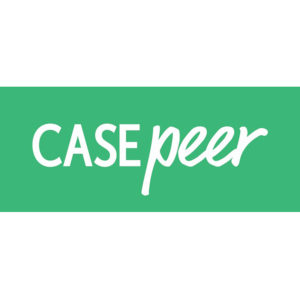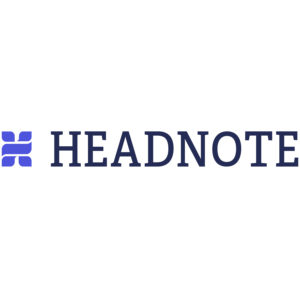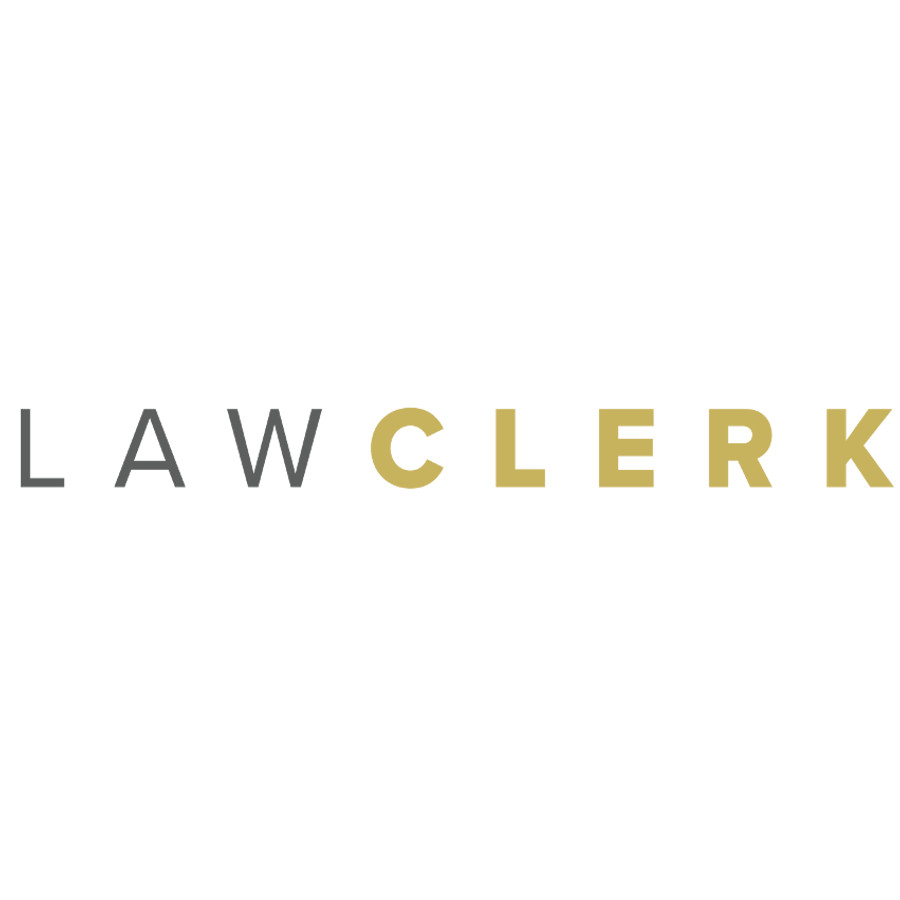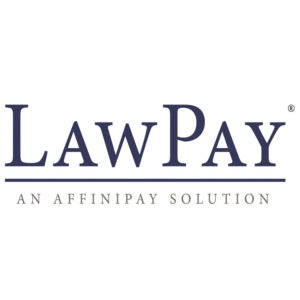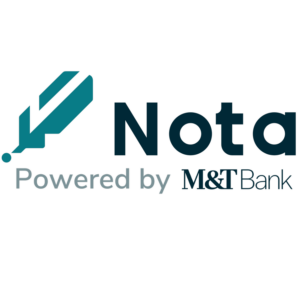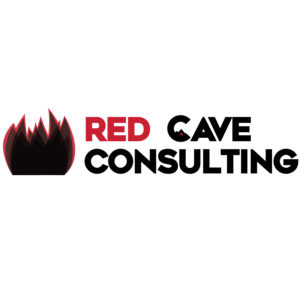A couple days ago Consultant’s Mind had a post on on the book Nudge. Nudge puts forth the argument that while people think they are making informed choices, more often than not they are relying on default choices.
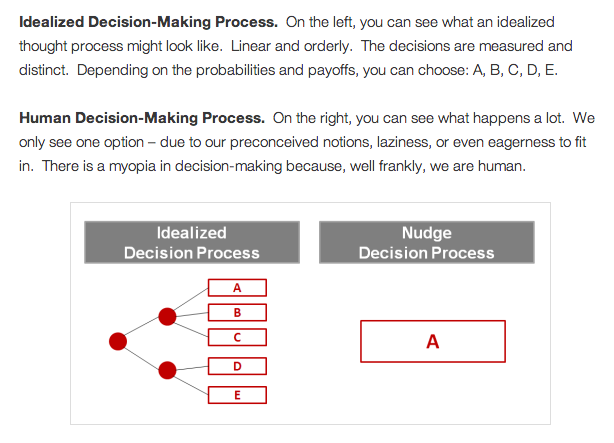
Essentially people will default to the status quo. The option of least resistance and thought. The most efficient and requiring least amount of effort. The option of not caring enough to do something different. A good example of how prevalent default choice is, see the following example:
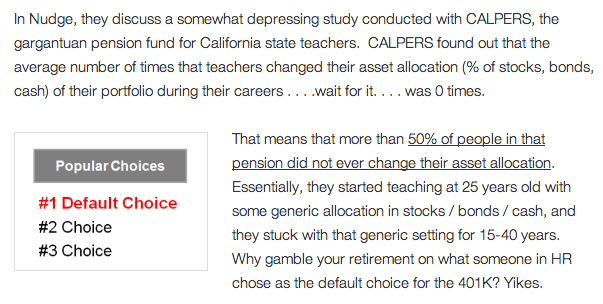
As Consultant’s Mind notes, “30-40 years of stocking away $$ from your pay check is certainly not trivial. It’s a non-decision that can cost hundreds of thousands.” But people are too lazy and can’t be bothered to take the small amount of effort to make an informed decision. People choose the path of least resistance. Reading the post, and more material at the Nudge blog, got me thinking about Hick’s Law.
The Time to Choose
Hick’s law essentially states that the more options presented, the longer it takes to make a decision.
Hick’s Law, named after British psychologist William Edmund Hick, or the Hick–Hyman Law (for Ray Hyman), describes the time it takes for a person to make a decision as a result of the possible choices he or she has. The Hick-Hyman Law assesses cognitive information capacity in choice reaction experiments. The amount of time taken to process a certain amount of bits in the Hick-Hyman Law is known as the rate of gain of information. Given n equally probable choices, the average reaction time T required to choose among them is approximately
where b is a constant that can be determined empirically by fitting a line to measured data. – Wikipedia.
This can more easily seen in a graph.
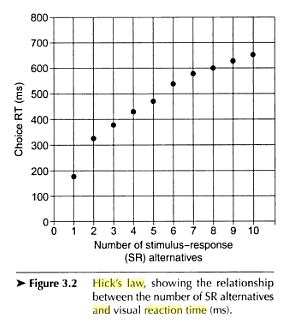
Options freeze us up, slow us down. It can be evidenced at the micro-level. While I have no research or data to back it up, it’s possible that Hick’s Law manifests itself at the macro-level resulting in default choices. When presented with numerous choices requiring informed-decision making process, people select the default choice because it is the quickest decision to make.
The big take away seems to be that at a deep level, people are option averse. We don’t like to be presented with too many selections.
[hr]
Consultant’s Mind asks “So what does this mean to consultants?“ With a small tweak, the answers apply to lawyers as well.
- Put your best recommendation first. When you storyboard your recommendations, and present options, put the best one first. The order of the options matter. Don’t bury your best thought in the middle of the deck. Put your best foot forward. This is true for arguments as well. Make your strongest argument or point the default one.
- Beware of default choices.
- “We can’t do that, we tried that before” [default choice]
- “The partners will never agree to that” [default choice]
- “We have never handled that type of matter before” [default choice]
- Expect resistance to change. Don’t forget that your firm has a default choice too. The status quo option for them is to NOT listen to you. It is easier for them to do nothing, take the default choice, and ignore the changes you are recommending. The same is true for clients.
It is not enough to argue with logic (head). You have to provide the passion (heart) which motivates them to act, and give them the tools (hand) to make it easy to repeat and implement the change. Persuade by using head, heart and hand.





